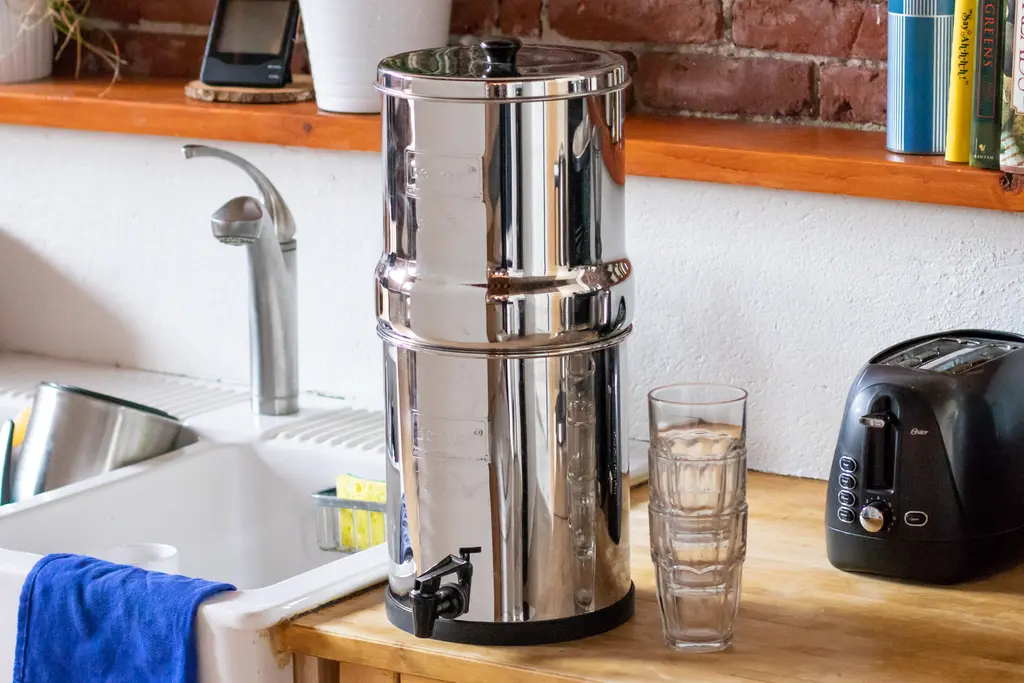Healthcare plays a crucial role in maintaining a good quality of life, and the Government of India recognises this through the Central Government Health Scheme (CGHS). This comprehensive health insurance initiative has been in place since 1954, offering affordable and accessible healthcare benefits to central government employees, pensioners, and their dependents. The Central Govt Health Scheme is an important safety net that significantly reduces the financial burden of medical expenses while ensuring access to quality healthcare services across India.
What is the Central Government Health Scheme?
The Central Govt Health Scheme provides medical services and facilities to eligible government employees and pensioners. It covers a range of healthcare needs, including outpatient treatments, hospitalisation, specialist consultations, and medicines. The scheme is known for its extensive coverage of diseases, surgeries, and treatments. Additionally, it extends its coverage to family members of the beneficiaries, ensuring that their dependents are also entitled to healthcare services under the scheme.
The CGHS is available in several major Indian cities and aims to provide timely and efficient healthcare services. The healthcare services are delivered through government-approved empanelled hospitals and wellness centres spread across the country. These wellness centres operate on a cashless basis, offering ease and convenience to those covered under the scheme.
Key Benefits of the Central Govt Health Scheme
There are several advantages of enrolling in the Central Govt Health Scheme, including access to a wide variety of medical services and the opportunity for cost-effective treatments. Below are some of the primary benefits:
1. Comprehensive Healthcare Coverage
One of the most significant benefits of the CGHS is its comprehensive coverage. The scheme offers coverage for a wide range of medical issues, from minor ailments to major surgeries. Beneficiaries can receive outpatient treatments, inpatient care, surgeries, and access to specialist consultations. The scheme covers both allopathic and alternative systems of medicine, such as homeopathy and Ayurveda, offering flexibility in the type of treatment one wishes to opt for.
2. Affordability
Healthcare can be prohibitively expensive, especially for treatments involving surgeries, long-term care, or specialised consultations. However, the Central Govt Health Scheme ensures that central government employees and pensioners can access quality healthcare without worrying about the high costs. The scheme operates on a highly subsidised model, reducing the out-of-pocket expenses of the beneficiaries. Medications, consultations, hospitalisation, and diagnostic tests are all available at significantly lower costs compared to private healthcare.
3. Cashless Hospitalisation
The CGHS operates on a cashless basis in empanelled hospitals. This means that beneficiaries do not need to pay upfront for medical treatments. Instead, the bills are settled directly between the hospital and the CGHS, offering convenience to employees and pensioners. The cashless feature applies to both outpatient and inpatient services, provided they are availed in government or empanelled hospitals under the scheme.
4. Extended Coverage to Family Members
The CGHS doesn’t just benefit the employees or pensioners; it extends its benefits to the dependents of the central government employees as well. This ensures that spouses, children, and other eligible family members can also receive medical care under the scheme. Coverage for dependents under CGHS provides peace of mind for employees and pensioners, knowing their families are also entitled to healthcare benefits.
5. Access to Wellness Centres
CGHS operates numerous wellness centres or dispensaries in cities across India, making healthcare services readily accessible to beneficiaries. These centres provide outpatient treatments, preventive care, and specialist consultations. Wellness centres also offer a wide range of medications at subsidised rates and ensure that regular monitoring for chronic diseases is available for those who need it.
6. Specialist Consultations
Another significant advantage of the Central Govt Health Scheme is access to specialist doctors. Beneficiaries can receive specialist consultations for various conditions without the need for high fees. This is particularly useful for individuals suffering from chronic conditions requiring ongoing specialist care.
7. Medical Reimbursements
For treatments not available at CGHS wellness centres or empanelled hospitals, beneficiaries can still seek treatment at private hospitals and claim reimbursement for the medical expenses incurred. Although certain conditions and limits apply, this reimbursement option offers flexibility for beneficiaries to access healthcare services outside the network in case of emergencies or special treatments.
How Employees and Pensioners Can Enrol in CGHS
Enrolling in the Central Govt Health Scheme is a straightforward process, though certain eligibility criteria and documentation are required. Below is a step-by-step guide to help central government employees and pensioners enrol in the scheme:
1. Eligibility
The following categories of individuals are eligible to enrol in the CGHS:
- All current central government employees working under the Union Government.
- Central government pensioners.
- Family members and dependents of eligible employees.
- Central government employees of autonomous or semi-autonomous bodies.
- Members of Parliament and retired members.
- Certain judicial officers and journalists accredited by the government.
2. Application Process
a. Filling Out the Form
Eligible candidates must fill out the CGHS application form, which is available online on the CGHS website or can be collected from any CGHS wellness centre. The form asks for personal details, employment details, and information about family members to be covered under the scheme.
b. Submit Required Documents
Applicants need to provide specific documents during enrolment:
- Proof of identity (Aadhaar card, passport, or other government ID)
- Proof of employment or pensioner status (office ID or pension payment order)
- Residential proof (rental agreement or electricity bill)
- Passport-size photographs of the employee/pensioner and dependents to be covered
c. Submit the Application
The completed form, along with the required documents, can be submitted at the nearest CGHS wellness centre or online through the CGHS portal.
d. Contribution Payments
After submitting the application, employees or pensioners are required to make a contribution toward the scheme, which varies based on the employee’s pay grade or pension amount. This payment is generally deducted directly from the salary or pension. For pensioners, a one-time contribution can also be made in the form of a lump sum payment to avail lifetime benefits under the CGHS.
3. Card Issuance
Once the application is processed and the contribution is paid, beneficiaries receive their CGHS health card. This card is mandatory for availing services at wellness centres and empanelled hospitals. It contains details of the employee or pensioner as well as the family members covered under the scheme.
4. Availing Benefits
After receiving the CGHS card, beneficiaries can begin to access the healthcare services provided under the scheme. They simply need to present the card at any CGHS wellness centre or empanelled hospital to avail cashless services or medications. For specialised treatments, referrals from the wellness centres are required.
How Does CGHS Compare to Other Medical Insurance Plans?
The Central Govt Health Scheme provides extensive coverage with significantly lower costs compared to other medical insurance plans available in the market. While private health insurance often comes with higher premiums, deductibles, and co-payments, CGHS beneficiaries enjoy subsidised healthcare with no co-payments for most services. The scheme also offers cashless hospitalisation at government-recognised hospitals and wellness centres, something that is typically limited in private insurance.
However, it is important to note that the CGHS is exclusively available to government employees and pensioners, whereas private medical insurance plans are available to the general public. Depending on individual healthcare needs, some central government employees and pensioners may opt for a supplementary private plan to cover treatments that fall outside the scope of CGHS or to access private healthcare facilities not covered under the scheme.
Conclusion
The Central Govt Health Scheme is a vital healthcare initiative designed to offer comprehensive medical benefits to government employees, pensioners, and their families. With its wide coverage, affordable contributions, and access to cashless treatment, the CGHS provides a substantial safety net for those in public service. Enrolling in the scheme is a simple process that ensures lifelong healthcare benefits for the beneficiaries. Whether for outpatient services, hospitalisation, or specialist consultations, the CGHS continues to serve as a dependable healthcare solution.
For those who need additional coverage or access to private healthcare services, exploring other medical insurance plans can offer a supplementary level of protection.









